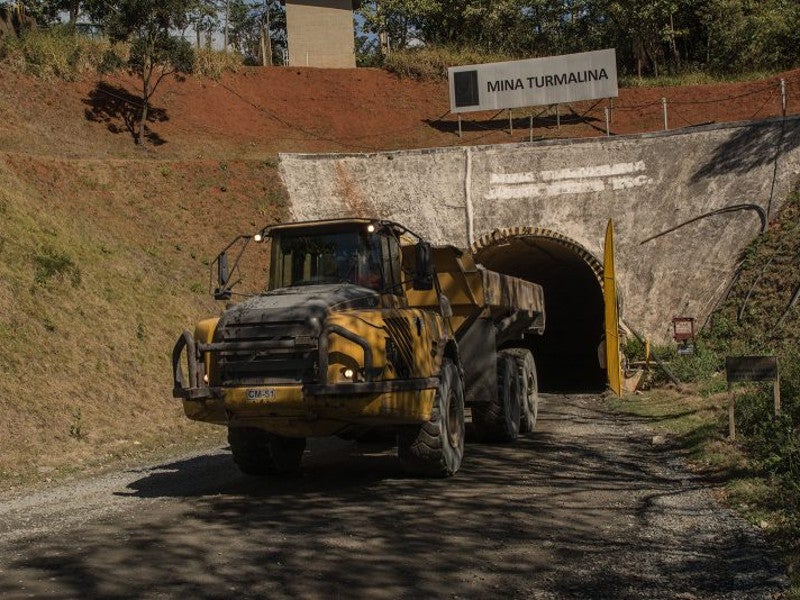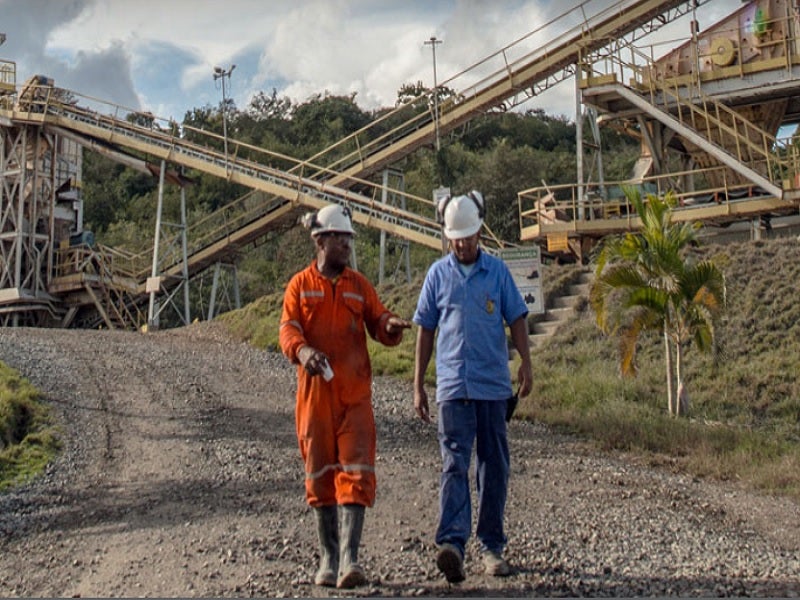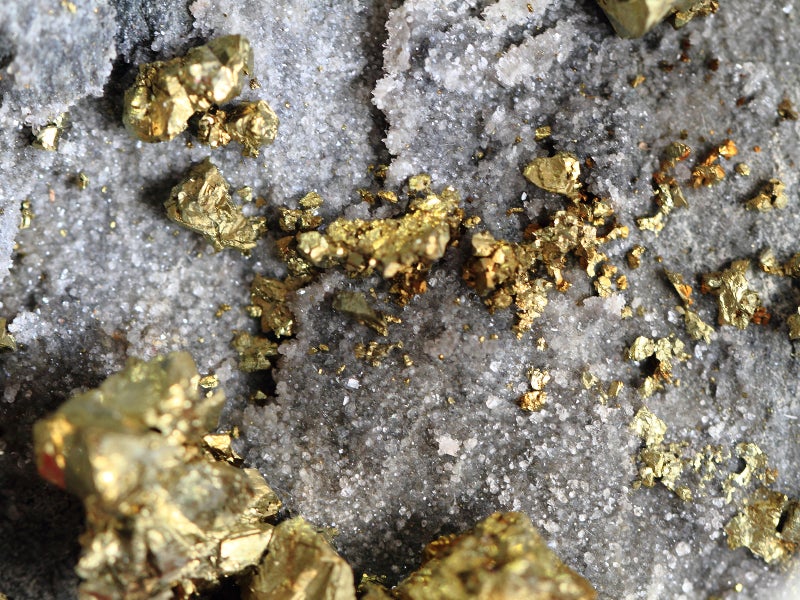Turmalina is an underground gold mine in Minas Gerais in the southeastern part of Brazil.
The gold mine complex comprises the Turmalina underground mine and Turmalina mill.
The mine is owned and operated by Jaguar Mining which acquired the mine from AngloGold Ashanti in September 2004. The feasibility study for the project was completed in August 2005 and the first gold pour was achieved in January 2007.
Jaguar Mining is implementing a turnaround plan at the mine to increase gold production from the project to 15,000oz a quarter by the end of 2020.
The mine is currently producing from Orebody A and Orebody C. An infill drilling programme was completed in 2019, confirming expected modelled grade and thickness of the two orebodies.
Turmalina gold mine location, geology and mineralisation
The Turmalina mining site is situated approximately 130km north-west of Belo Horizonte, the capital city of the Minas Gerais.
The mine is accessible from Belo Horizonte via the BR-262 and MG-423 highways connecting the town of Pitangui.
The Turmalina deposits are situated in the Iron Quadrangle, which was the prime region for hard rock gold mining in Brazil until 1983. The historical production from the region was around 40% of the total gold produced in the country.
The Pitangui area, which hosts the Turmalina deposit, is underlain by the rocks of Proterozoic and Archaean age. The deposit is composed of biotite and chlorite-amphibole schist units.
The deposits are considered to be mesothermal, epigenetic deposits surrounded by host rocks that have undergone amphibolite-grade metamorphism. Mineralisation of gold is epigenetic and exists in the form of fine grains associated with sulphides in sheared schists and sequences of banded iron formations. The location features several tabular bodies that are grouped together into Orebodies A, B, and C.
The gold particles from the deposits are associated with quartz, arsenopyrite, and micas.
In June 2018, Jaguar Mining intercepted gold mineralisation at Orebody C through growth exploration drilling.
Turmalina gold mine reserves
As of 31 December 2018, the Turmalina gold mine was estimated to contain 1.4 million tonnes (Mt) of proven and probable reserves graded at 5.05g/t of gold. The contained metal is estimated to be 228,000oz of gold.
The reserves estimate represents a mine life of more than four years based on a production rate of 50,000oz a year.
Mining method at Turmalina gold mine
The Turmaline gold mine employs sub-level stoping mining method with rockfill and paste fill. The company earlier used the mechanised cut and fill method in some areas of the mine.
The operator is targeting a production increase through three new production mining panels. The project will incorporate design and systematic sequencing for the new mining panels. It aims to address the issue of ore loss by carrying out improvements in drill-and-blast quality control and employing cemented paste fill in wide zones of the orebody.
Processing at Turmalina gold mine
The produced ore from the mine is processed at the nearby carbon-in-leach (CIL) processing plant that has a nominal capacity of 2,000 tonnes per day (tpd).
The processing method includes two-stage crushing and screening, followed by grinding, thickening, cyanide leaching, carbon-in-pulp (CIP), elution, electrowinning, and smelting.
The tailings are transported to a detoxification unit where they undergo arsenic removal and cyanide destruction. The tailings will then reach the paste fill plant where they are utilised for mine backfill materials or sent to a designated area for storage in dry stacks.
Infrastructure at Turmalina gold mine
The existing infrastructure at the site includes a processing plant and an area for the disposal of tailings. The electricity required to support mine operations is sourced from the national grid.
Jaguar Mining carried out infrastructure improvements, including the upgrade of a ventilation system to the ramp bottom and a ventilation raise. The operator installed underground pumping stations, and an electrical substation in the deepest zone and extended paste fill distribution system to Orebody A level 12.
Turmalina site was developed into a zero-discharge facility by optimising tailings supernatant and improving evaporation and water treatment methods.
The company bought new equipment to support the plan to boost production at the mine in 2019. The equipment included a haul truck, development jumbo, auxiliary vehicles, basket-lift, and a personnel carrier.
Contractors involved
Roscoe Postle Associates performed an independent review of the feasibility study for the project. The company also prepared the technical report for the mine.
Tierra Group developed the water management plan while Major Drilling was contracted for drilling operations at the mine.






